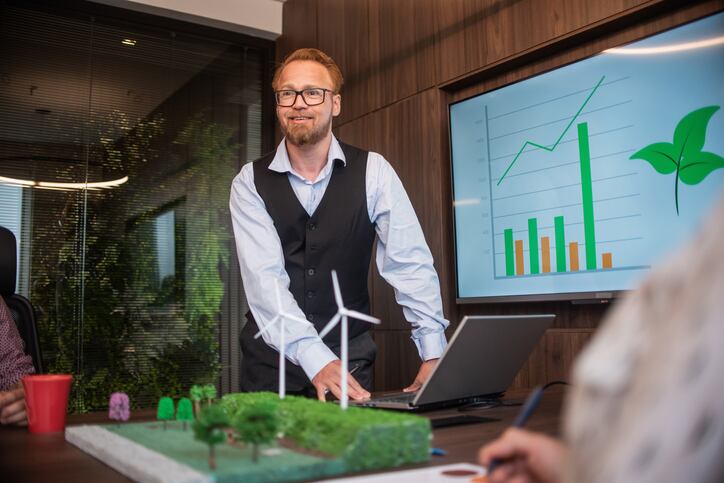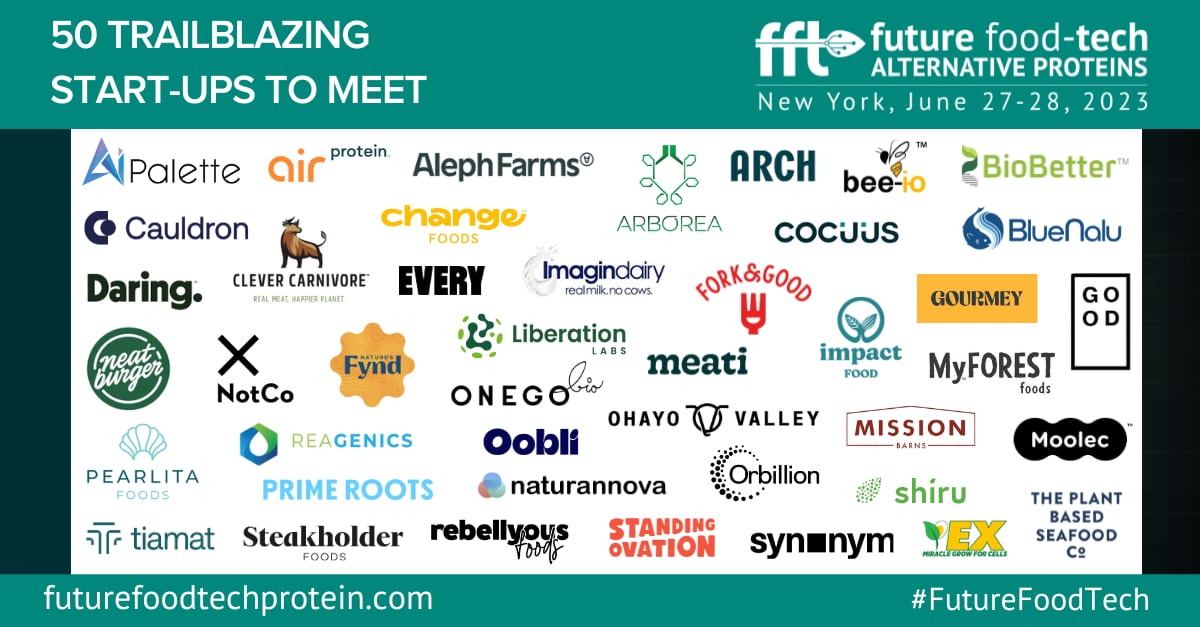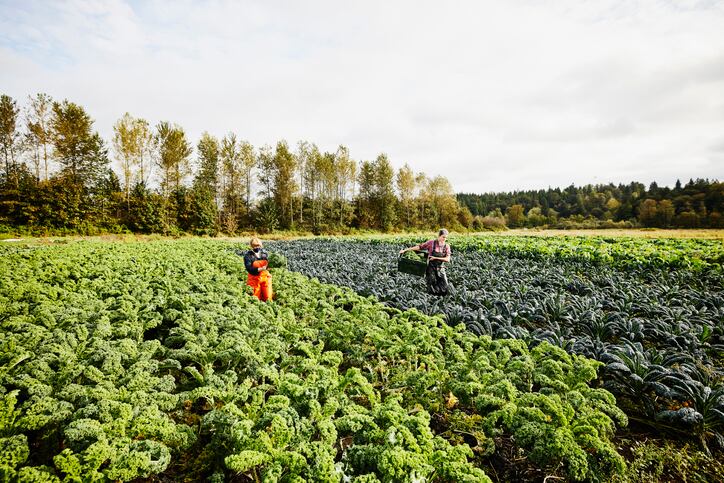“There is a huge climate opportunity – carbon reduction opportunity – with alternative proteins” to help reduce the impact of animal agriculture, which accounts for 15-20% of greenhouse gas emissions, by offering consumers a simple more sustainably produced swap for meat, poultry and seafood, said Neeru Ravi, principal and alternative proteins topic lead in North America for the Boston Consulting Group.
She explains in the third installment of FoodNavigator-USA’s four-part video series examining sustainability and future-proofing the food system that alternative proteins have the highest carbon dioxide savings per dollar of invested capital in any industry. And, if alternative proteins could increase their share of the global protein market a mere six percentage points from 2% to 8% by 2030 then they could reduce emissions equivalent to decarbonizing almost the entire aviation industry.
“And,” she emphasized, “we’re not talking about completely swapping every single meal out for an alternative product. We’re talking about going from 2% of the total protein market today to 8%. So just a small change to result in a pretty sizable climate and greenhouse gas reduction opportunity.”
But to do that, she and others on the panel acknowledged, alternative proteins must first achieve taste, texture and cost parity – a feat that will require significant funding to overcome existing technical challenges and capacity constraints.
“There is clearly an infrastructural gap that really companies have to seriously consider and solve for,” and which will look different for companies at different stages of development and using different technologies, said David Bucca, CEO and founder of the precision fermentation-based Change Foods.
He explained that many alternative protein companies using emerging technologies, such as cellular agriculture or precision fermentation, have limited production options as most existing facilities for cellular agriculture are retrofitted from the medical industry and very few co-packers offer precision fermentation capabilities – certainly not enough to meet the needs of the influx of players in the space.
This leaves two options – building out new facilities, which is resource and time-intensive, or partnering with larger organizations in the food industry.
Wanted: $10b per year in local public spending to support alternative proteins
To help cover capex costs associated with building new facilities, or even just acquiring necessary equipment to scale production, alternative protein stakeholders should more aggressively pursue climate-tech grants and investments, advised Caroline Bushnell, vice president of corporate engagement at the global non-profit The Good Food Institute.
She explained that while alternative proteins increasingly are recognized as climate tech, and investments in the sector have grown at an impressive rage, they are still capturing only a small fraction of the trillions of dollars invested in other climate technologies.
“To unlock the full benefits of alternative proteins, local public spending on R&D and commercialization needs to increase to at least $10b per year,” she said.
She added governments have a sizable role to play in providing funding, which at the level recommended by GFI would allow alternative proteins to more quickly reach taste parity with animal protein and scale production.
Partnerships to scale sustainable technologies offers more than climate benefits
Larger companies can also help alternative proteins scale and in doing so advance their own business and ESG goals, Alison Taylor, chief sustainability officer at ADM, said.
She explained larger companies, like ADM, can offer financial and strategic support by investing in emerging alternative protein companies and technologies and helping them scale by offering the use of their facilities and networks.
In exchange, she said, larger companies can learn from smaller businesses’ approach to innovation, or create partnerships in which ingredients or services from the larger company can be incorporated into the solution created by the smaller company.
These types of partnerships can also help improve larger companies’ sustainability and nutrition credentials by creating more resilient supply chains that have a smaller environmental impact.
The role of technology in combating climate change beyond alternative protein
Emerging technology beyond that supporting alternative protein are positively impacting sustainability across the food and beverage industry, noted Kathryn Matheson, senior director, global foods, research & development at PepsiCo.
For example, she said, PepsiCo is embracing digital transformation to better track and meet consumers’ evolving needs and expectations, including through digital libraries that allows the company to quickly search for novel ingredients, new processes, and new technologies that might still be small but could have an outsized impact if better supported.
PepsiCo also uses sensors and “big data” to reduce food waste, packaging and water use, and it recently deployed a fleet of 700 electric delivery vehicles, which is equal to taking 1,500 cars off the road immediately, she said.
“We do think that technology and digital in particular are some of the areas that are going to help us achieve our sustainability objectives faster,” she added.
Looking ahead
Next week in FoodNavigator-USA’s final installment in this four-part video series, we will look at the role sustainability initiatives in future-proofing the food system going forward, including specific strategies to increase the pace of change, where additional funding can found for longer term projects and next steps for players across the value chain.
And if you missed the first two installments, you can still watch and read recaps.
The first installment looks at the current impact of the food system on the environment and where there are opportunities to benefit the climate and business.
The second installment addresses the business case or sustainability and the need to bridge the gap between what consumers say and do.



